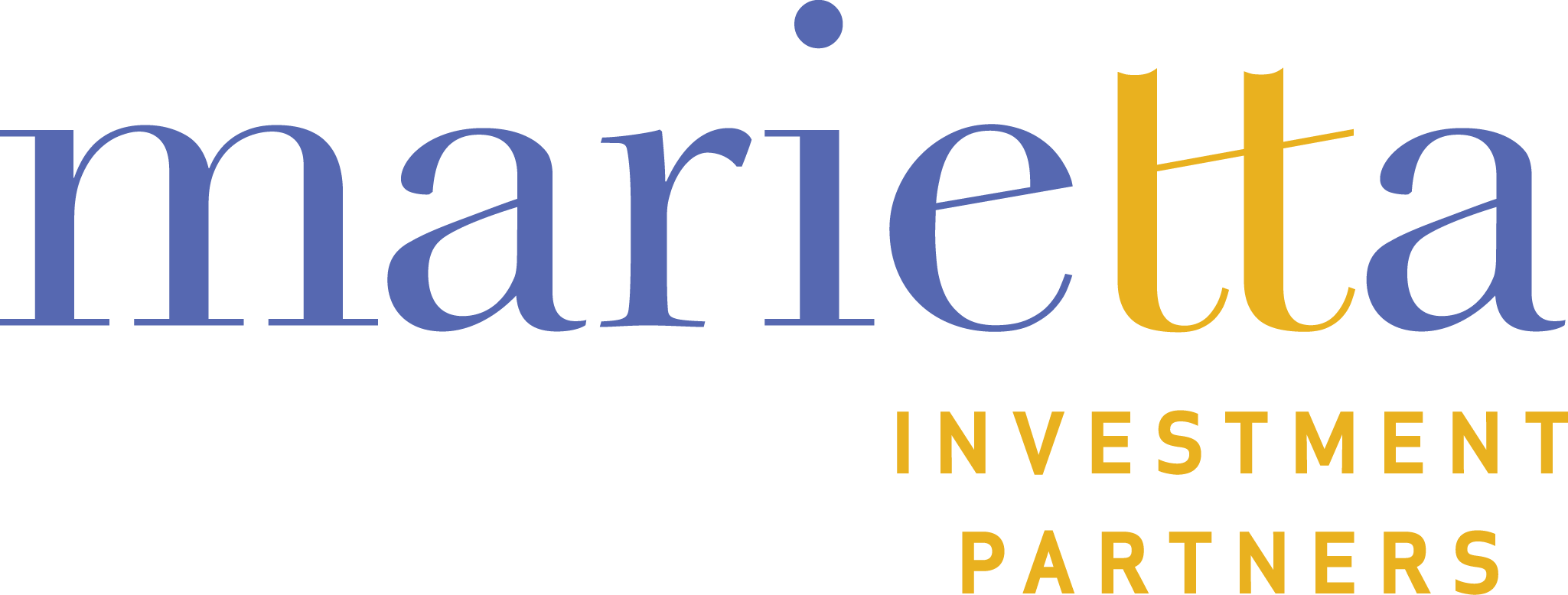Summary
Heading into the new year, almost all major economies are enduring broad-based challenges. The major issues that disrupted financial markets in 2022 are still apparent: high inflation, restrictive monetary policy, continuing COVID outbreaks, and an energy crisis brought on by the Russian invasion of Ukraine. After the declines of 2022, financial markets reflect the rising risks that have beset the global economy. In the US and the EU, central bankers seek to curtail high inflation without hammering their economies into a severe recession. In China, the focus is on reopening from years of zero-COVID policy shutdowns and implementing stimulus measures. While the present obstacles look daunting, if the major policy initiatives show signs of progress in the first half of 2023, then this could be the beginning of a multi-year advance in global stock markets, anticipating a global economic recovery in 2024.
US Economy
In the US, the Federal Reserve continues to aggressively raise interest rates and thus far has attained some success in lowering inflation. November core PCE, the Fed’s preferred inflation measure, retreated to 4.7% from 5.0% in October and 5.2% in September. We expect the Fed to stop rate hikes in the first quarter after an additional 0.50% or 0.75% increase. This restrictive stance will push inflation down over the course of the year at the expense of economic growth. There is already weakness in the housing, auto, and manufacturing markets. On the other hand, unemployment has stayed historically low, and the economy has added jobs for 24 consecutive months. We project 2023 US GDP to grow less than 1.0%, but not dip into a deep recession, though a short and shallow recession is possible.
US Stock Market
US equities look to bounce back from a dismal 2022. The major indexes fell into bear territory and while there was a slight recovery in the fourth quarter, the S&P 500 closed the year down 19.4% and the NASDAQ 100 was off 33.1%. Despite these numbers, there is reason for cautious optimism. Most of the factors that contributed to the selloff are moderating: inflation is slowing, the Fed is nearing the end of its rate hikes, and excessive earnings multiples have declined, though they remain near long-term averages. As we stated, we are expecting low growth, possibly even slightly negative growth, but an economy that bends without breaking should support modest advances in equities this year. Corporate earnings are expected to grow 5.3% this year which is a slight acceleration from 2022. The financial media seems to believe that these expectations will decline but that was also the case in 2021 when corporate earnings were resilient. Lastly, even though our optimism exists despite last year’s returns, there is a case to be made that one can be optimistic because of last year’s returns. Since World War II, there have only been three times when the S&P 500 had consecutive negative annual returns. Historically, after a decline of 20% or more in the S&P 500, the index has increased an average of 14%, 33.6%, and 61.5% over the following 1-year, 3-year, and 5-year periods, respectively. As long as the economy holds up, US equity investments will have a positive year in 2023.
International Economies
We are upbeat on international markets in 2023 as China ends their zero-COVID policy, EU inflation data eases, a mild winter calms fears of gas shortages, and global economic resilience surpasses last year’s grim expectations. The shift in China occurred late last year, when mass civilian protests led to a drastic policy change focused on growth. Since then, Chinese authorities have:
- Eliminated nearly all COVID restrictions
- Added 16 support measures for property sector, including a pledged $256B in available credit to bailout cash-strapped developers
- Cut the required reserve ratio 25 bps effective December 5, 2022 – with signals for more if needed
We think many economic forecasters underestimate the ability of the Chinese government to stimulate growth and, like other reopening countries, experience a swift rebound. If we are correct that China will grow above expectations, it will have a profound effect on the global economy, improving the prospects for many international economies and companies. The EU will welcome a boost to offset the restrictive monetary policy enacted by the European Central Bank. The ECB is raising rates to fight high inflation, though their tightening policy thus far has been modest compared to the Fed (2.0% benchmark rate vs 4.5%). Recent data suggests that inflation in the key economies of Germany, France, and Spain is moderating, giving the ECB the possibility to achieve their target inflation goals with less economic fallout. A major tailwind has been the precipitous fall in the price of natural gas, alleviating concerns of an expensive, and deadly, winter.
International Stock Markets
We recommend that long-term investors consider adding more international stocks to their investment portfolios. International stock market indexes trade at considerable valuation discounts to their US counterparts. On December 31, the MSCI All-Country World Index ex-US benchmark traded at a 11.8x forward P/E ratio, compared to the 18.8x forward P/E ratio of the S&P 500, a 37% discount. There are companies exhibiting strong balance sheets, talented management, and earnings growth that will benefit from improving economic trends both abroad and in the US.
Bond Markets
Recession concerns for the US and the EU drove a dramatic selloff in bonds pushing yields to levels not seen in a decade. Although the interest rates appear attractive, with inflation still above 5%, real yields on bonds are negative for most investment grade issues. Our recommendation remains to focus on short-dated bonds. Investors with a mandate for fixed income could consider medium-term bonds but should still overweight short issues to protect against losses if rates continue to rise. Quality should be favored as well, while below investment-grade presents unappealing risk versus return potential.

